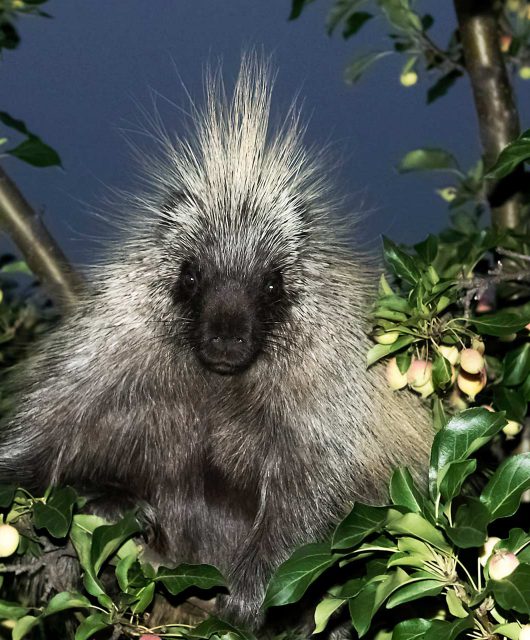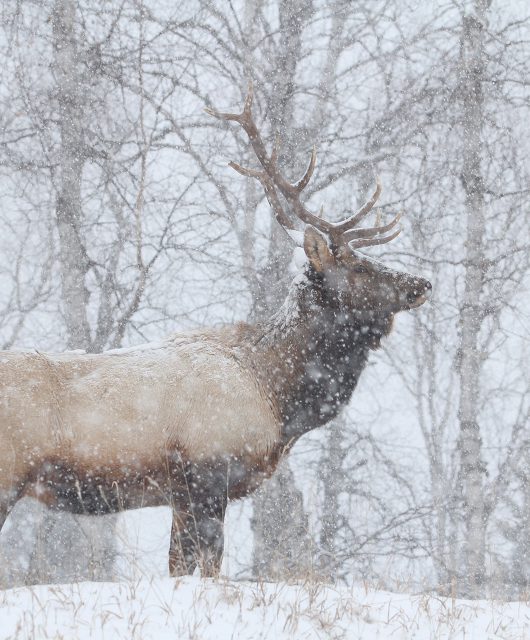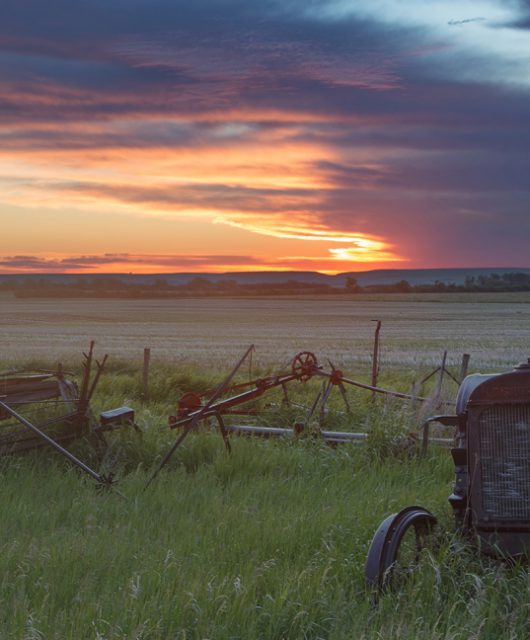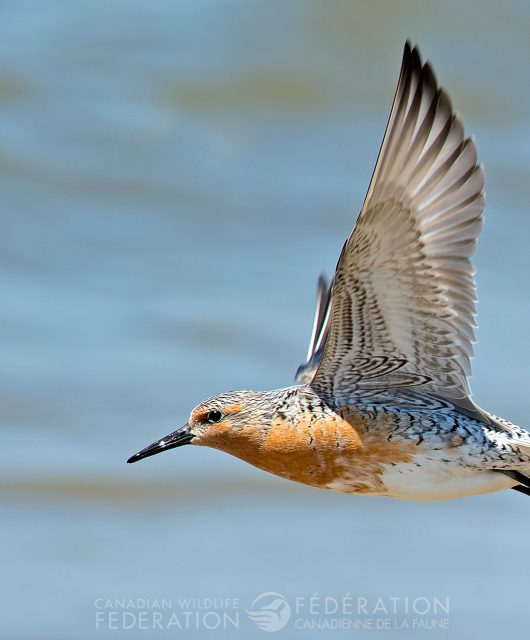One way or another, we all adapt to our environment.
We know this when we get taken from it: a country kid learning to use an urban transit system, or a city kid figuring out how to herd cows are quick life lessons in how well adapted we become to the small worlds we grow up in.
Wildlife are no different. Over hundreds of thousands — sometime millions — of years, plants and animals become adapted to the environment they are born into and the range of conditions they face there. This is the niche concept, where organisms display behaviours and physical features that match the narrow, or sometimes broad, range of environments they encounter over their lifetimes.
At the Canadian Wildlife Federation, we are wild about wildlife niches. Our work on the Canadian prairies has us thinking a lot about how to better understand the grassland niche so that we can preserve the rich biodiversity that lives in this incredible landscape.
Pronghorns in the Prairies
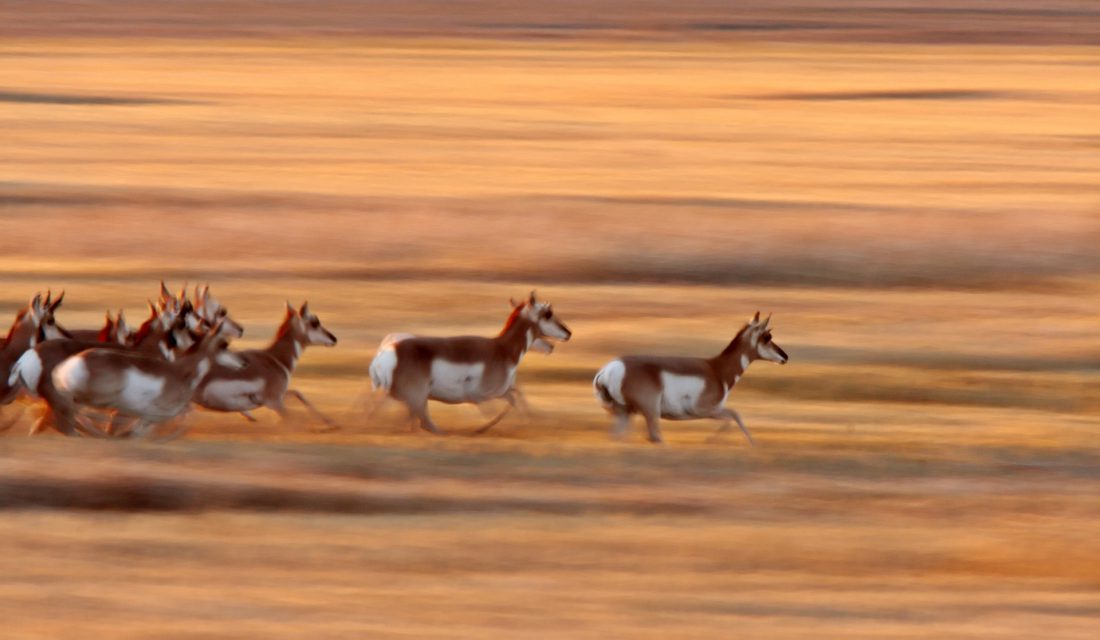 Take the Pronghorn, for example. If you don’t live in the Prairies, or haven’t visited them, you may not even know that this creature exists. A unique species, the sole surviving member of the Antilocapridae family, this speedy grassland “antelope” (although that is a misnomer) evolved at a time when hyaenas, alongside wolves, were among the fiercest predators in North America.
Take the Pronghorn, for example. If you don’t live in the Prairies, or haven’t visited them, you may not even know that this creature exists. A unique species, the sole surviving member of the Antilocapridae family, this speedy grassland “antelope” (although that is a misnomer) evolved at a time when hyaenas, alongside wolves, were among the fiercest predators in North America.
About the size of a deer but a bit bulkier, Pronghorn are adapted to running long distances at great speeds to escape their persistent foes. This is a skill no longer of much use for the Pronghorns with North American hyaenas long extinct and wolves a distant Prairie memory.
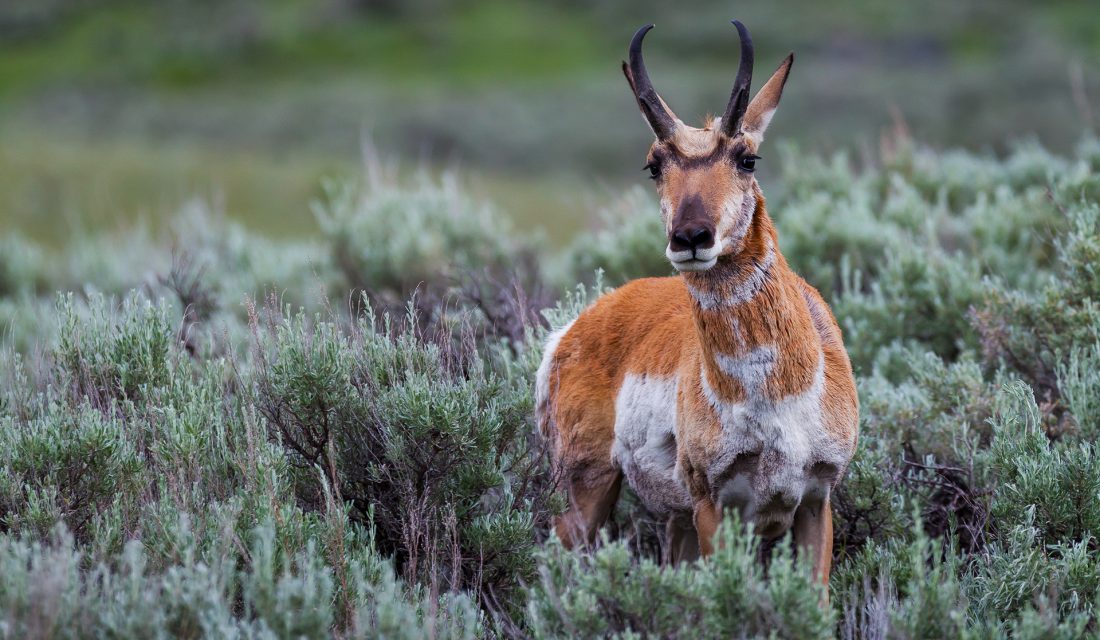 They are also adapted to eating sage brush, a plant toxic to their potential competitors like deer, elk and bison. But a huge liver helps them detoxify sage’s bitter leaves, virtually monopolizing a food resource that nothing else wants to eat. This is the Pronghorn’s niche.
They are also adapted to eating sage brush, a plant toxic to their potential competitors like deer, elk and bison. But a huge liver helps them detoxify sage’s bitter leaves, virtually monopolizing a food resource that nothing else wants to eat. This is the Pronghorn’s niche.
Surviving childhood for Pronghorn calves is so hard, that siblings begin competing for their mother’s attention before they are born. They will fight, to the death, in utero. Pronghorn are incredible.
Long-billed Curlew
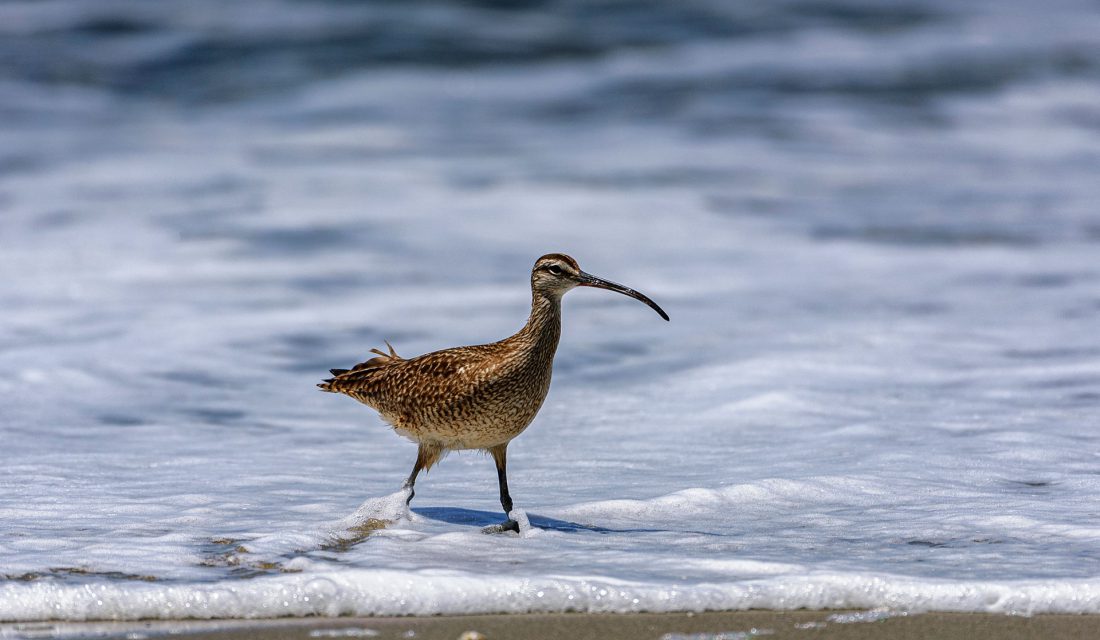 One of our other Prairie favourites is the Long-billed Curlew. They are a member of the shorebird family — the hard-to- identify birds that scud along beaches and shorelines of ponds.
One of our other Prairie favourites is the Long-billed Curlew. They are a member of the shorebird family — the hard-to- identify birds that scud along beaches and shorelines of ponds.
But during the breeding season, Long-billed Curlews aren’t actually found near shorelines. They are found instead strutting around in some of our driest grasslands probing the grass canopy for insects with their long, downward curved bill.
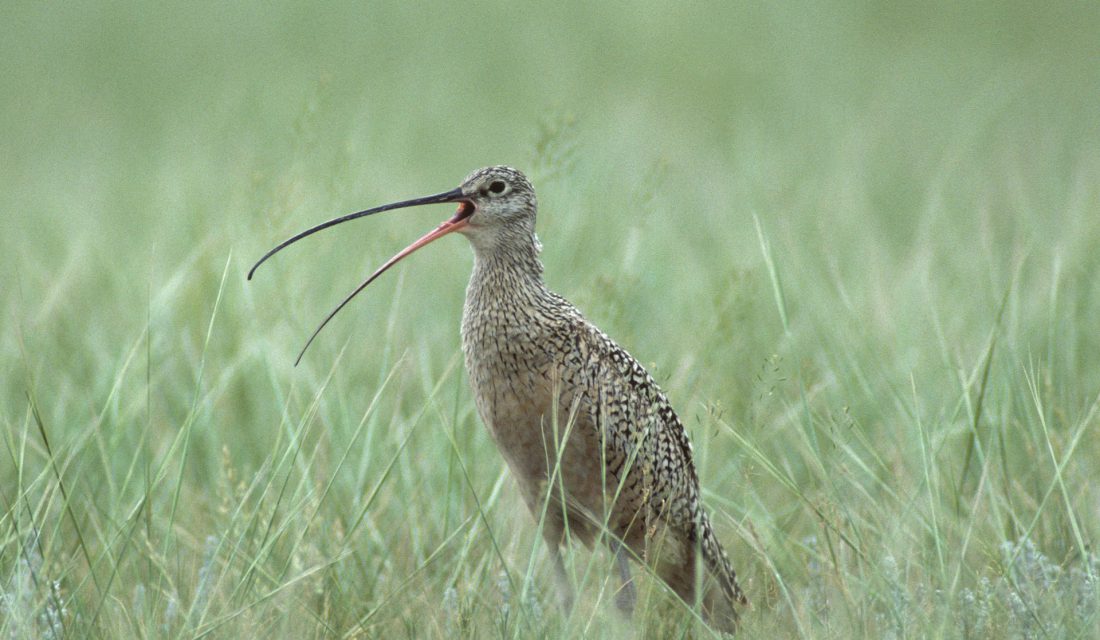 Unlike a lot of our grassland specialists, Long-billed Curlews have become adapted to breeding in crop and hay fields — they have expanded their niche since Europeans settled on the prairies and tilled much of the native grasslands. The key to breeding in fields is to get their nestlings out of the way before heavy machinery like the combine or swather gets them. We lose a lot of curlew chicks this way. But their ability to adapt to their changing world has served them better than many other grassland breeding birds that are struggling with grassland habitat loss.
Unlike a lot of our grassland specialists, Long-billed Curlews have become adapted to breeding in crop and hay fields — they have expanded their niche since Europeans settled on the prairies and tilled much of the native grasslands. The key to breeding in fields is to get their nestlings out of the way before heavy machinery like the combine or swather gets them. We lose a lot of curlew chicks this way. But their ability to adapt to their changing world has served them better than many other grassland breeding birds that are struggling with grassland habitat loss.
There are literally thousands of niches on the Canadian Prairies. The Pronghorn and Long-billed Curlews have found theirs. You can, too, whether it is by exploring the thousands of interesting plants and animals that have adapted to a Prairie lifestyle, or by visiting a native grassland to see for yourself its diversity and beauty.

